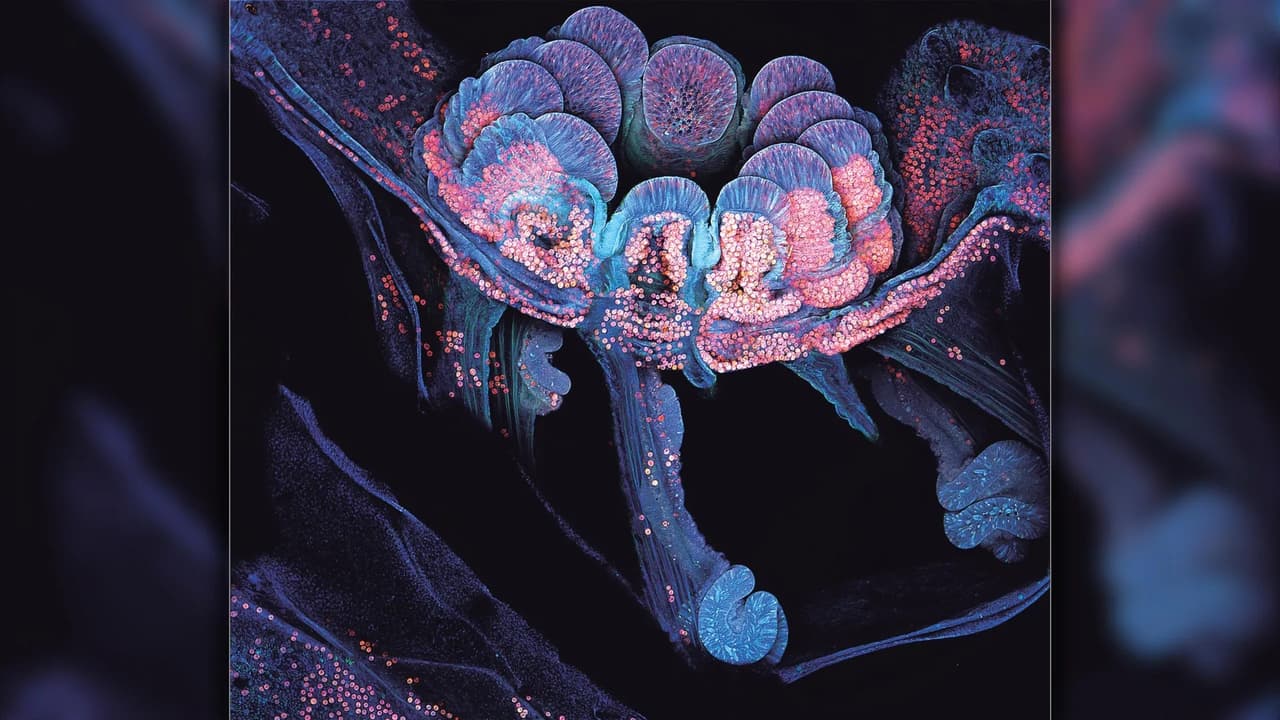QUT scientists reveal how corals heal and reattach to reefs through tissue transformation, self-digestion, and skeleton growth — a discovery that could revolutionize coral restoration and revive reefs like the Great Barrier Reef.
Scientists at Queensland University of Technology (QUT) have uncovered the remarkable biological process behind how corals heal, rebuild, and reattach themselves to reefs—a discovery that could transform global reef restoration efforts.
Led by marine biologist Dr. Brett Lewis from QUT’s School of Earth and Atmospheric Sciences, the study reveals how coral fragments regenerate after being damaged or broken from the reef. The research identifies a three-phase recovery process—tissue transformation, anchoring, and skeleton formation—that could guide future restoration strategies. The study is published in Royal Society Open Science.
The Three-Phase Coral Healing Process
The process begins when coral fragments respond to contact with the reef surface. They trigger an immune reaction and transform their tissues, almost as if turning themselves inside out. This transformation prepares them for reattachment.
Next, the coral produces a layer of soft tissue that works like a biological adhesive, securing the fragment firmly to the reef. In the final phase, the coral builds a new skeleton over the reef surface, solidifying the bond and allowing it to grow and thrive once again.
Using advanced microscopy, the QUT researchers examined three coral species—Montipora mollis, Pocillopora verrucosa, and Acropora millepora. They found that while all species follow the same basic process, their attachment speed and strength differ. Montipora mollis forms a larger and more complex attachment, helping it anchor and grow faster, while Pocillopora verrucosa develops thinner, slower structures, leading to weaker early stability.
Self-Digestion: Corals’ Surprising Healing Strategy
One of the most striking discoveries involves mesenterial filaments—tiny, thread-like structures inside corals that aid in tissue repair. These filaments help corals digest their own damaged or unneeded tissues, effectively “eating themselves” to remove unhealthy parts and make way for regeneration. This self-digestion plays a key role in coral recovery and resilience, allowing them to survive stress or injury.
Hope for Reef Restoration Worldwide
Dr. Lewis said that understanding these biological mechanisms could help scientists tailor coral restoration projects more precisely. By selecting species that attach and grow faster, restoration efforts can become more efficient and effective.
Published in Royal Society Open Science, the study offers a hopeful path forward for reviving vulnerable coral ecosystems such as the Great Barrier Reef, which faces ongoing threats from ocean warming and bleaching.
This breakthrough brings new precision—and optimism—to global coral conservation.
